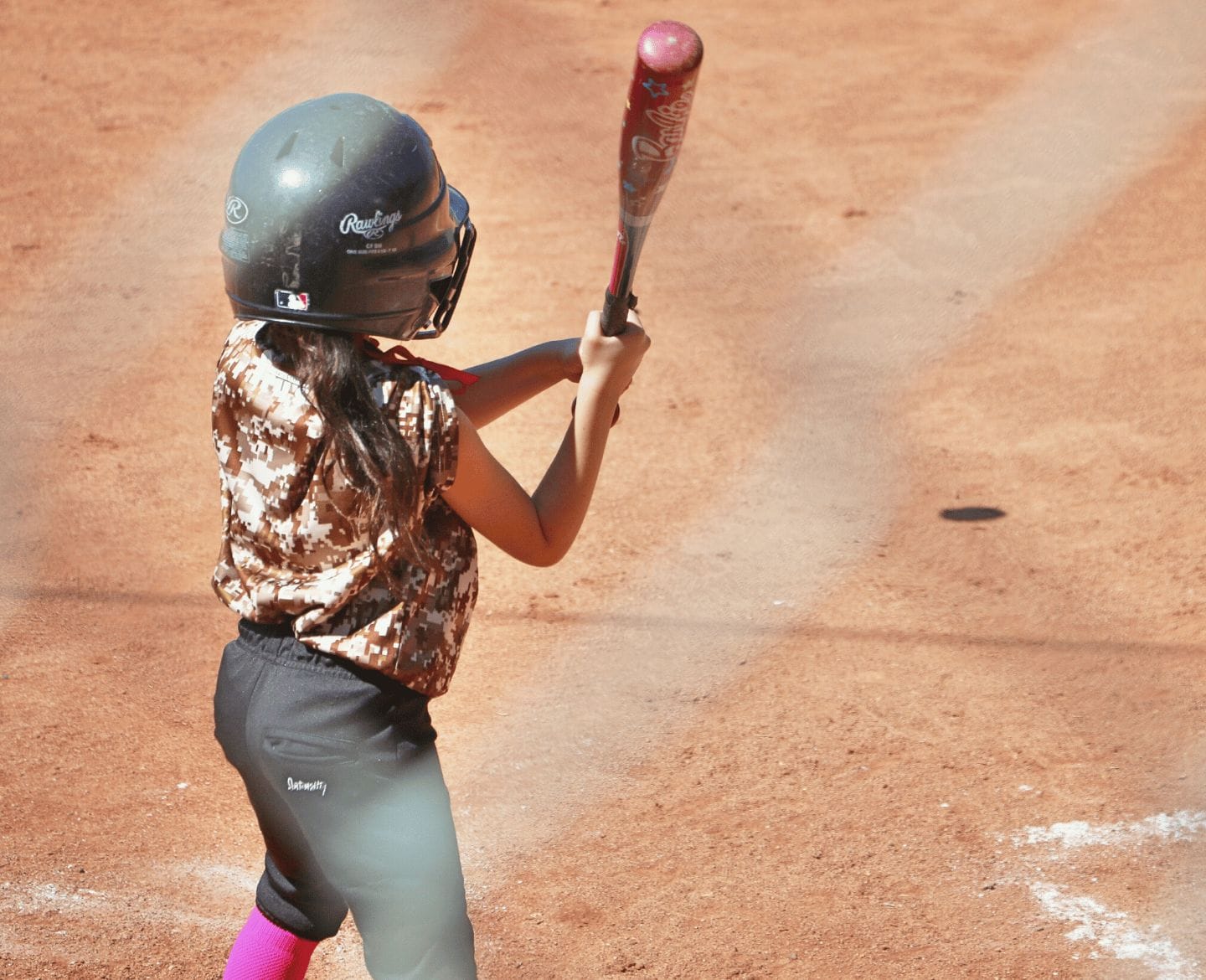7 ways to raise inclusive kids
While teaching kids about inclusivity may appear to be a daunting task, it doesn’t have to be.
Table of Contents
Raising inclusive kids need not be rocket science. One of my earliest childhood memories is not a very pleasant one. I remember being excluded from a running group by my peers because I was a chubby kid and they assumed that including me would put them at a disadvantage.
The fact that I still remember this incident means that it has left a lasting impact on me. Psychologists agree that the first five years of a child’s life are very important, and the experiences they have contributed tremendously to molding them into healthy individuals. I would never want my kids to experience what I did, so I try doubly hard to make sure that I’m teaching them about inclusivity.
Related: The best way to teach kids about diversity and inclusion is through reading
To understand inclusivity and how to incorporate it in your kids’ daily lives, it is first important to understand their social environments. For young children, this environment may range from daycare or nursery to preschool, school and any other group activities that they may participate in. We cannot, of course, forget the playground here, which is a huge part of any kid’s social milieu.
Are children naturally inclusive? If so, until what age does this behavior continue, before other social (external) variables start interacting and affecting it? Race has been widely studied in relation to inclusivity demonstrated by children. A breakthrough study found that “social preferences based on race emerge between 2.5 and 5 years of age and do not affect social preferences in infancy.”
However, a further research finding from the same study states that “infants’ social preferences do, however, rely on language: a useful predictor of group or coalition membership in both modern times and humans’ evolutionary past.”
So, when children are apparently predisposed to be inclusive towards some and exclusive towards others, our task as parents becomes more difficult. However, we need to remember that it is after all a behavior, and whilst behavior can be learned, it can also be unlearned—and this stands true when it comes to teaching kids about inclusivity.
7 tips for raising inclusive kids
1. Create cultural awareness
We live in a diverse neighborhood and our kids go to a school that has children from diverse socio-cultural backgrounds, so they’re already exposed to different cultures via significant parts of their social environment(s). I further help develop this cultural awareness through the manifestations of culture in day-to-day life from a child’s perspective—including festivals, books, music, art and toys.
Although we don’t observe all festivals at home, I make it a point to celebrate them through art and craft activities. For example, making lanterns during Chinese New Year or carrying out a variety of crafts during Thanksgiving and Christmas. I also ensure that the books we buy for the kids are such that they are exposed to different cultures through the protagonist, especially those who may not always look like them.
I try to promote cultural awareness through toys by buying dolls that have different dressing styles, which are greatly influenced by culture. Finally, I experiment with cooking different types of food through which they also get a glimpse of what people in different cultures eat.
2. Work alongside your kids’ school
School forms a major chunk of your kids’ social environment. It’s their first real exposure to the social fabric of society at large. Choosing the right school then becomes imperative in ensuring that the concept of inclusivity is not just taught in theory, but also practiced as part of the school’s core values.
Our school does a fantastic job in trying to impart the value of inclusivity through various initiatives. As a starting point, therefore, taking a cue from what your kids’ school is doing and then reinforcing that at home would be deeply beneficial for them to become more inclusive of other children and peers.
Related: 15 inclusive and multicultural toys to add to your child’s toy box
3. Travel with your kids
Traveling globally exposes you to new cultures and cuisines, and naturally teaches inclusivity. It helps you appreciate new ways of living life. It makes you realize that there are different perspectives and ways in which people live around the world. This can be due to where in the world they live and/or the circumstances they contend with—be it political, economic or social.
Traveling to new places helps inculcate a sense of empathy. It encourages you to comprehend a new way of life while you try to adapt. And to be able to comprehend, one must be able to empathize with how people live in different places in relation to their circumstances.
Empathy also comes into effect when traveling with passengers by being mindful of their personal limitations—like offering to help a vulnerable individual with their baggage or being kind to parents traveling with young kids.
4. Encourage your kids to step out their comfort zone
Both my kids are introverted by nature. This makes it hard for them to make friends easily. However, I am constantly encouraging my introverted kids to make friends with children who are from backgrounds different from ours—economically as well as socially.
I actively do this through organizing playdates on a regular basis. Enrolling them in after-school clubs will put them in a social situation where they are given the opportunity to make friends with children from backgrounds that may not always be similar to theirs.
5. Be aware of your kids’ peer group
Kids are influenced easily by their peer group. Therefore, it is very important to be fully aware of who makes up their group, along with the attitudes that are valued and those that are ridiculed within the group.
For example, if excluding others for whatever reason is the norm, then your kid is most likely going to conform and inadvertently display behavior that is not inclusive. This can be explained by the process of conformity whereby “people change their beliefs, attitudes, actions, or perceptions to more closely match those held by groups to which they belong or want to belong or by groups whose approval they desire.”
Related: 7 ways to teach your child about diversity
6. Make your kids aware of the consequences of exclusion
I primarily try to do this by eliciting empathy, and I’ve found role-playing to be an effective tool. Once you’ve explained to your child what exclusion looks like, you can then move on to making them understand what it feels like by asking the right questions.
“What if you were in a particular situation and were excluded, how would that make you feel?”
“So how do you think the other person felt?”
“Is that a kind thing to do?”
My kids are more likely to pay attention and listen to me if I make it a two-way communication exchange rather than doling out reams of advice to them.
Related: To teach children empathy, you need to model it, mama
7. Model inclusive behavior
I am very sensitive to inclusiveness, so this behavior comes quite naturally to me. My kids see me being inclusive in terms of the people I interact with, how I speak to them and the empathy that I am constantly demonstrating to make sure whoever I’m communicating with feels included at all times.
Children are keen observers. They are constantly watching, absorbing and learning. In essence, they are doing what behavioral scientists call ‘modeling’. This is part of the social learning theory, proposed by Albert Bandura, emphasizing the importance of observing, modeling and imitating the behaviors, attitudes and emotional reactions of others.
In conclusion, while teaching kids about inclusivity may appear to be a daunting task, it doesn’t have to be. If approached sensitively and practically, it can surely be achieved.
Motherly Stories are first person, 500-1000 word stories, reflecting on the insights you’ve experienced in motherhood—and the wisdom you’ve gained along the way. They also help other women realize they’re not alone. Motherly Stories don’t judge. Instead, they inspire other mamas with stories of meaning, hope and a realization that “you’ve got this.” If you have a story, please submit it here: https://www.mother.ly/share-your-story/



































